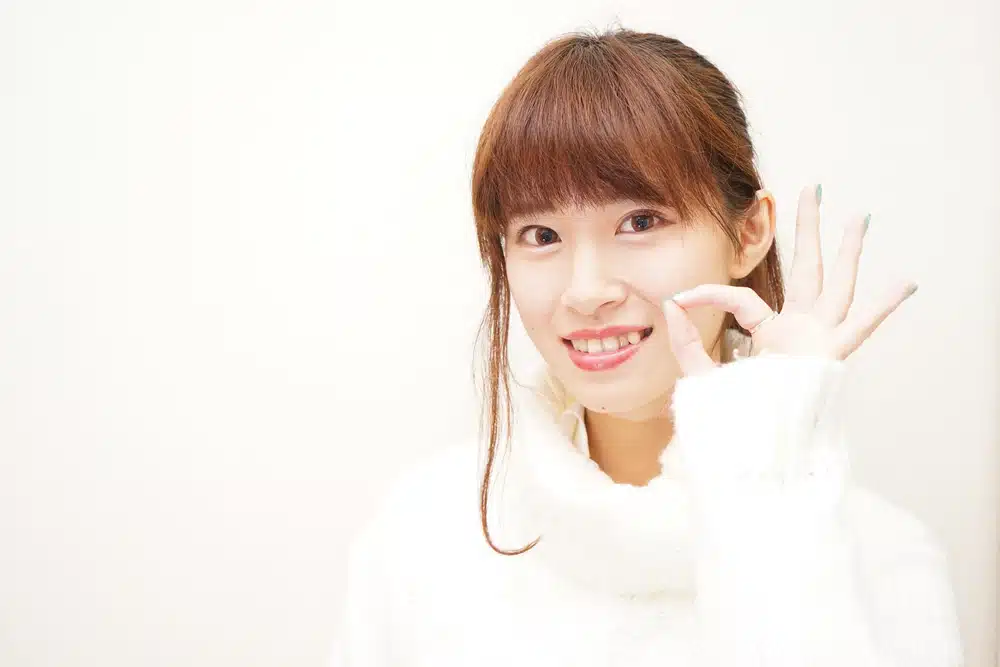What Are Yaeba Teeth?
Derived from the Japanese word for “double tooth,” yaeba refers to canines that stick out or overlap adjacent teeth. While some people naturally develop this look, others undergo cosmetic procedures to create it. Yes, you read that right — in Japan, people may actually add imperfections to achieve this endearing appearance.
In contrast to Western dental standards that prize uniformity and precision, yaeba teeth are seen as approachable and cute — the dental equivalent of tousled hair or a slightly asymmetrical dimple. This reflects a broader cultural value that embraces authenticity and charm over clinical perfection.
Why Yaeba Teeth Are Popular in Japan
One theory for yaeba’s popularity is that it evokes a sense of childlike innocence. In Japanese pop culture, youthfulness is highly prized, and yaeba canines resemble the transitional smiles of children losing baby teeth. Celebrities and idols have embraced the look, further normalizing — and glamorizing — the aesthetic.
Additionally, this trend resonates with the Japanese concept of wabi-sabi — the beauty of imperfection. Just as a cracked teacup might be cherished for its unique character, yaeba teeth represent individuality in a sea of sameness.
Aesthetic Dentistry Meets Cultural Values
Interestingly, yaeba isn’t always a natural occurrence. Some dental clinics in Japan offer cosmetic procedures to enhance or even create the yaeba effect. These procedures may involve placing temporary caps or veneers to create the protrusion — quite the reversal from orthodontic correction.
This raises important questions about cultural subjectivity in aesthetics. In the U.S., people often undergo braces to correct overlapping canines, while in Japan, such a feature might be added for aesthetic reasons.
Is Yaeba Becoming a Global Trend?
While yaeba is still largely associated with Japan, it has started to catch global attention. Articles in publications like The Atlantic and features in Western fashion blogs have introduced the concept to international audiences.
Still, yaeba remains polarizing. Some view it as a celebration of authenticity; others see it as an unnecessary alteration. Regardless, it sparks conversation about what it means to have a “perfect” smile — and whether such a thing even exists.
What Yaeba Teaches Us About Beauty
The rise of yaeba teeth reminds us that dental beauty is not one-size-fits-all. Cultural perceptions of attractiveness vary dramatically, and trends like yaeba highlight the importance of context in understanding those differences.
For example, in the U.S., vampire teeth are typically associated with Halloween costumes or dramatic fashion statements. In Japan, a similar look might signal warmth, youth, or even celebrity appeal.
In a world increasingly driven by filters, veneers, and whitening treatments, yaeba’s natural — even “flawed” — aesthetic stands out. It challenges us to reconsider what a beautiful smile truly means.
Should You Try the Yaeba Look?
If you’re intrigued by yaeba teeth, you’re not alone. While it’s unlikely to become mainstream in Western cosmetic dentistry, some may find the look refreshing and confidence-boosting.
That said, any dental alteration — whether for aesthetics or function — should be approached carefully. Always consult a licensed dental professional who understands both the cosmetic and health implications of modifying your smile.
Final Thoughts on Yaeba Teeth
Yaeba teeth aren’t just a dental anomaly; they’re a cultural movement that challenges conventional beauty standards and reminds us of the charm in authenticity. As the world embraces more diverse forms of self-expression, perhaps our smiles — crooked canines and all — deserve a little more celebration.
If you enjoyed this quirky exploration of dental aesthetics, don’t miss our dive into why we say “sweet tooth” or our take on real vampire teeth. You might be surprised by what your smile says about your culture!
Frequently Asked Questions About Yaeba Teeth
Are yaeba teeth natural or cosmetic?
They can be both. Some people naturally have yaeba teeth, while others undergo cosmetic procedures in Japan to create the look.
Why are yaeba teeth considered cute in Japan?
Yaeba teeth are associated with youthfulness, imperfection, and authenticity—qualities admired in Japanese pop culture.




